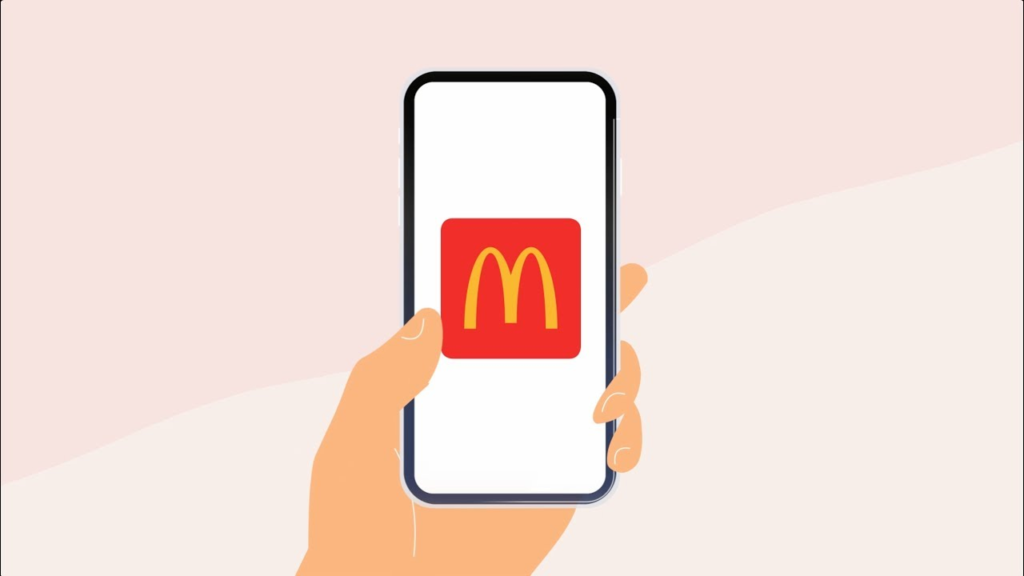From a Small Drive-In to a Global Icon: The Fascinating History of McDonald’s

McDonald’s is not just a fast-food chain; it’s a global phenomenon that has redefined the way people eat. From humble beginnings as a single drive-in restaurant, McDonald’s has grown into one of the most recognized brands worldwide. But how did this happen? The journey of McDonald’s is a captivating tale of innovation, marketing genius, and an unrelenting focus on efficiency. Here, we’ll delve into the history of McDonald’s, exploring how it evolved from a small family business into a fast-food empire.
The Early Beginnings

McDonald’s story begins in the 1940s with Richard and Maurice McDonald, two brothers who decided to open a drive-in restaurant in San Bernardino, California. The McDonald brothers introduced a unique concept called the “Speedee Service System,” which streamlined the food preparation process. This system allowed them to serve customers quickly and efficiently, setting the stage for what would become the modern fast-food industry.
The original McDonald’s menu was simple: it included hamburgers, cheeseburgers, fries, and beverages like milkshakes. The emphasis was on speed, quality, and consistency. The brothers’ focus on these principles helped them build a successful business, but they had no idea how much bigger it could become.
The Ray Kroc Era

The turning point in McDonald’s history came in 1954 when Ray Kroc, a Multimixer milkshake machine salesman, visited the McDonald brothers’ restaurant. Kroc was impressed by the efficiency of their operation and saw the potential for expansion. He proposed franchising the McDonald’s concept across the United States.
In 1955, Ray Kroc opened the first McDonald’s franchise in Des Plaines, Illinois, marking the official start of the McDonald’s Corporation. Kroc’s vision extended beyond just selling burgers; he wanted to create a national brand synonymous with fast, affordable food. His aggressive expansion strategy and focus on consistency across all locations laid the foundation for McDonald’s rapid growth.
The Birth of the Golden Arches

One of the most recognizable symbols in the world, the Golden Arches, was introduced in 1953 by the original McDonald’s in Phoenix, Arizona. However, it was Ray Kroc who made them the universal logo of the brand. The arches represented not only the letter “M” for McDonald’s but also a gateway to the future of dining. The design was simple, eye-catching, and could be easily spotted from the road, making it an effective marketing tool.
The Golden Arches quickly became a symbol of quality and reliability, helping McDonald’s build brand recognition as it expanded across the country.
Innovating the Fast-Food Experience

Ray Kroc and McDonald’s continued to innovate in ways that would forever change the fast-food industry. In 1961, Kroc purchased the rights to the McDonald’s name and business model from the McDonald brothers for $2.7 million, giving him full control over the company’s future direction.
Under Kroc’s leadership, McDonald’s introduced several key innovations:
- Franchising Model: Kroc perfected the franchising model, allowing McDonald’s to expand rapidly while maintaining consistent quality and service across all locations. Franchisees were required to follow strict guidelines, ensuring that every customer had the same experience, whether they were in New York or Los Angeles.
- Standardized Operations: McDonald’s implemented strict operational procedures, from food preparation to employee training, ensuring uniformity and efficiency. This standardization allowed McDonald’s to deliver the same taste and quality at every location.
- Real Estate Strategy: Kroc also realized the importance of location in the fast-food business. He established the practice of buying the land on which franchisees built their restaurants, creating a steady stream of income for the company and securing prime real estate locations.
Going Global: McDonald’s Expansion Worldwide

McDonald’s international expansion began in 1967 with the opening of its first restaurant outside the United States in Canada and Puerto Rico. This marked the beginning of McDonald’s transformation into a global brand. The company’s international strategy was to adapt its menu and operations to suit local tastes and cultures while maintaining its core values of quality, service, and cleanliness.
- Localization: McDonald’s quickly learned that success in international markets required adaptation. In India, for example, where a significant portion of the population is vegetarian, McDonald’s introduced the McAloo Tikki burger, a potato-based patty sandwich. In Japan, the Teriyaki McBurger became a popular item. This ability to localize its menu while staying true to its brand helped McDonald’s thrive in diverse markets.
- Cultural Impact: As McDonald’s expanded globally, it also became a symbol of American culture. The Golden Arches became associated with American values like convenience, fast service, and consumerism. This influence was not always welcomed, leading to both admiration and criticism in various parts of the world.
The McDonald’s Menu Evolution

Over the years, McDonald’s has continually evolved its menu to meet changing consumer preferences and adapt to new trends. While the classic hamburger and fries remain staples, the menu has expanded to include a wide variety of items:
- Breakfast Menu: Introduced in 1972, McDonald’s breakfast items like the Egg McMuffin became instant hits, appealing to customers looking for a quick, convenient breakfast option. The breakfast menu’s success has made it a crucial part of McDonald’s offerings.
- Health-Conscious Options: As consumer awareness of health and nutrition grew, McDonald’s responded by adding healthier options to its menu. Salads, fruit, and yogurt parfaits were introduced, and the company made efforts to reduce trans fats and sodium in its products.
- Limited-Time Offerings and Promotions: McDonald’s has also capitalized on limited-time offerings and promotions to keep customers engaged. Items like the McRib and seasonal products like the Shamrock Shake create excitement and drive sales.
Marketing Mastery: How McDonald’s Became a Household Name

One of the key reasons for McDonald’s success is its marketing prowess. From the beginning, McDonald’s has been a leader in advertising, using catchy slogans, memorable mascots, and effective promotions to build its brand.
- Ronald McDonald: Introduced in 1963, Ronald McDonald became the face of the company, appealing to children and families. The character helped establish McDonald’s as a family-friendly brand and played a significant role in the company’s marketing campaigns.
- “You Deserve a Break Today”: This slogan, introduced in the 1970s, resonated with customers by emphasizing the convenience and enjoyment of eating at McDonald’s. It positioned the brand as a place where people could take a break from their busy lives.
- Happy Meals: Launched in 1979, the Happy Meal was a game-changer in the fast-food industry. By offering a meal specifically designed for children, complete with a toy, McDonald’s attracted families and created lifelong customers.
- Sports Sponsorships and Partnerships: McDonald’s has also invested heavily in sports sponsorships, including partnerships with the Olympic Games and FIFA World Cup. These associations have helped the brand reach a global audience and reinforce its image as a supporter of active, healthy lifestyles.
Challenges and Controversies
Despite its success, McDonald’s has faced its share of challenges and controversies. The company has been criticized for its impact on public health, labor practices, and environmental sustainability.
- Health Concerns: As obesity rates rose, McDonald’s came under fire for its role in promoting unhealthy eating habits, particularly among children. Documentaries like “Super Size Me” brought attention to the negative health effects of a diet high in fast food, prompting McDonald’s to make changes, such as offering smaller portion sizes and healthier menu options.
- Labor Issues: McDonald’s has also been criticized for its labor practices, including low wages and poor working conditions for employees. The company has faced numerous protests and legal battles over these issues, leading to efforts to improve wages and working conditions.
- Environmental Impact: The environmental impact of McDonald’s operations, particularly its use of packaging and contribution to deforestation, has also been a point of contention. In response, the company has made efforts to reduce its carbon footprint by sourcing sustainable ingredients, reducing waste, and investing in renewable energy.
The Digital Age: McDonald’s Embraces Technology

As the world has moved into the digital age, McDonald’s has embraced technology to enhance the customer experience and streamline operations.
- Self-Service Kiosks: To improve efficiency and reduce wait times, McDonald’s introduced self-service kiosks in many of its restaurants. These kiosks allow customers to place their orders directly, customize their meals, and pay without needing to interact with a cashier.
- Mobile App and Delivery Services: McDonald’s launched its mobile app, offering customers the convenience of ordering ahead, earning rewards, and accessing exclusive deals. The company also partnered with delivery services like Uber Eats and DoorDash, enabling customers to enjoy McDonald’s from the comfort of their homes.
- Digital Marketing: McDonald’s has also harnessed the power of digital marketing to engage with customers through social media, online advertising, and targeted campaigns. This shift has allowed the brand to stay relevant in an increasingly digital world.
McDonald’s Today: A Global Powerhouse

Today, McDonald’s operates over 38,000 restaurants in more than 100 countries, serving millions of customers every day. The company continues to evolve, focusing on sustainability, technology, and menu innovation to stay ahead in the competitive fast-food industry.
- Sustainability Initiatives: McDonald’s has committed to reducing its environmental impact by sourcing sustainable ingredients, improving energy efficiency, and reducing waste. The company aims to have 100% of its packaging come from renewable, recycled, or certified sources by 2025.
- Menu Innovation: McDonald’s continues to innovate its menu to meet changing consumer preferences, including plant-based options like the McPlant burger and new, premium offerings.
- Global Reach: As McDonald’s expands into new markets, it remains committed to adapting its menu and operations to local tastes while maintaining its core brand values.
The history of McDonald’s is a remarkable journey from a small drive-in to a global icon. Through innovation, strategic marketing, and a relentless focus on efficiency and quality, McDonald’s has become a symbol of American culture and a leader in the fast-food industry. As the company continues to adapt to new challenges and opportunities, it remains a powerful force in the global marketplace, shaping the way people eat and interact with food worldwide.
The story of McDonald’s is not just about burgers and fries; it’s about vision, determination, and the pursuit of excellence. As the brand moves forward, it will undoubtedly continue to make history, one Big Mac at a time.
